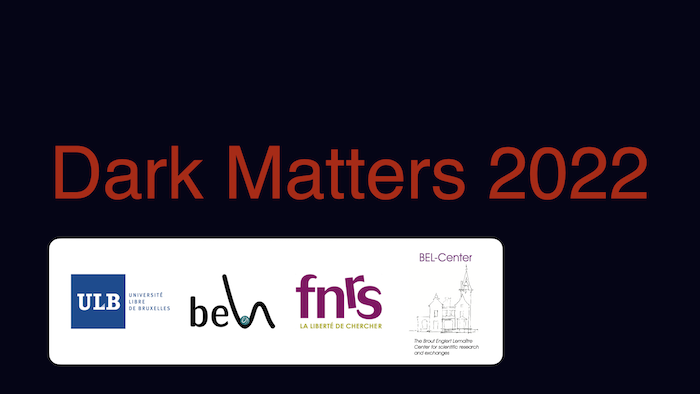Speaker
Description
In this talk, we describe how one can map the range of active-sterile neutrino mixing angles in which leptogenesis is possible in the type I seesaw model with three heavy neutrinos with Majorana masses between 50 MeV and 70 TeV, covering the entire experimentally accessible mass range. Our study includes both, the asymmetry generation during freeze-in (ARS mechanism) and freeze-out (resonant leptogenesis) of the heavy neutrinos. The range of mixings for which leptogenesis is feasible is considerably larger than in the minimal model with only two right-handed neutrinos and extends all the way up to the current experimental bounds. For such large mixing angles the HL-LHC could potentially observe a number of events that is large enough to compare different decay channels, a first step towards testing the hypothesis that these particles may be responsible for the origin of matter and neutrino masses.

